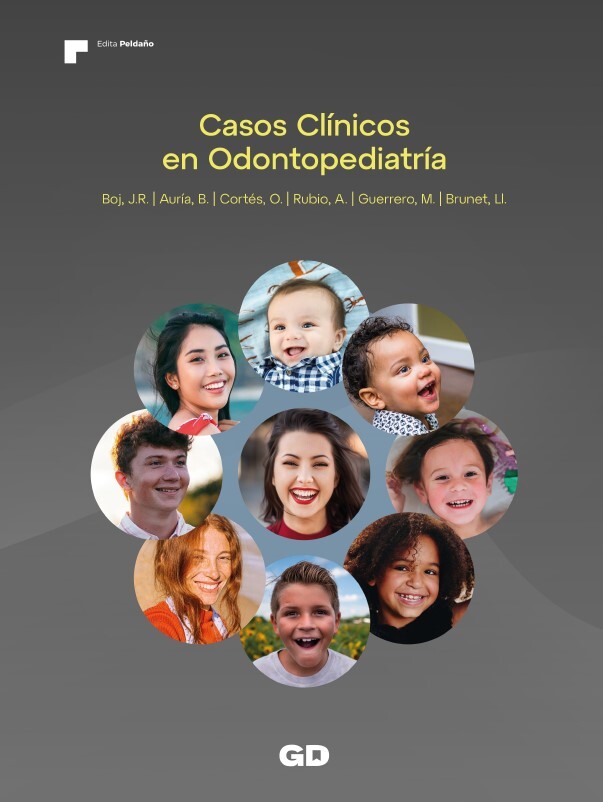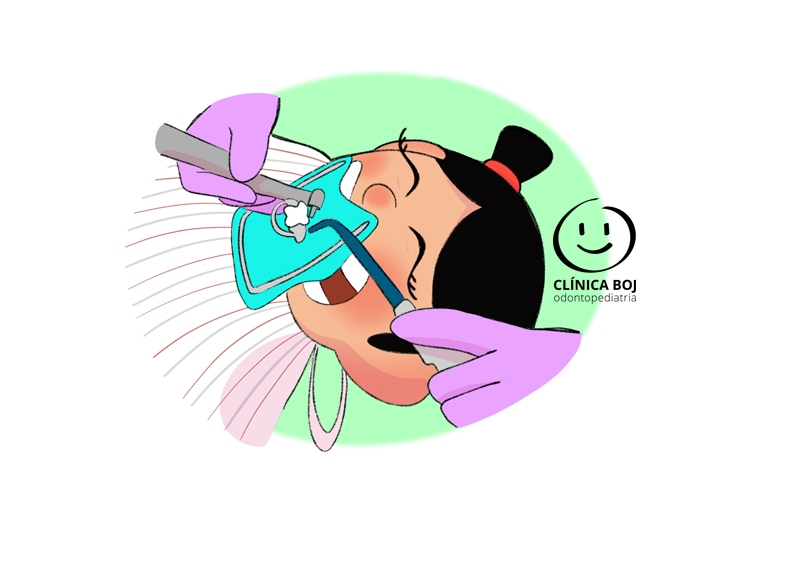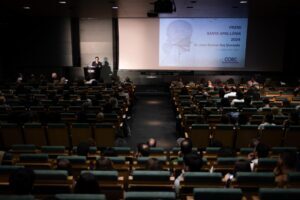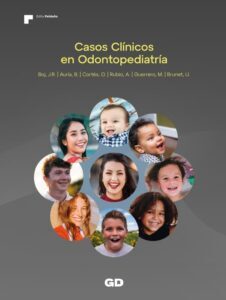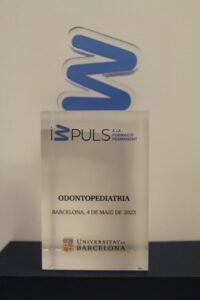Clinical Cases in Pediatric Dentistry: new book by Dr. Boj
Undoubtedly, analyzing clinical cases in Pediatric Dentistry is a very useful tool for dental experts. It helps to have a practical vision and to develop the right approach when treating a child or young adult. This book, published in Spanish this September 2023 by Dr. Boj et al, has this aim.
What dental procedures are most commonly performed in pediatric dentistry?
Among the most common procedures when treating children and young people we can include:
Use of fluoride
Apart from using fluoride toothpaste at home, dental professionals apply fluoride after dental cleaning. This prevention strategy is a routine that keeps teeth healthy.
With no doubt, dental caries is likely the most common problem a child will face. In essence, this problem that most people simply call cavities is the result of dental plaque and too much sugar.
Pulpal treatment
Once tooth decay appears, treatment is necessary. To do this, the pediatric dentist will remove the damaged tissue. Then, they will apply a white esthetic resin or a glass ionomer restoration to protect the tooth.
Which teeth do pediatric patients injure the most?
Frequently, the most injured primary teeth in kids are those located in the front upper jaw. Without doubt, maxillary central incisors are the most visible teeth in the mouth, with luxation being a common injury.
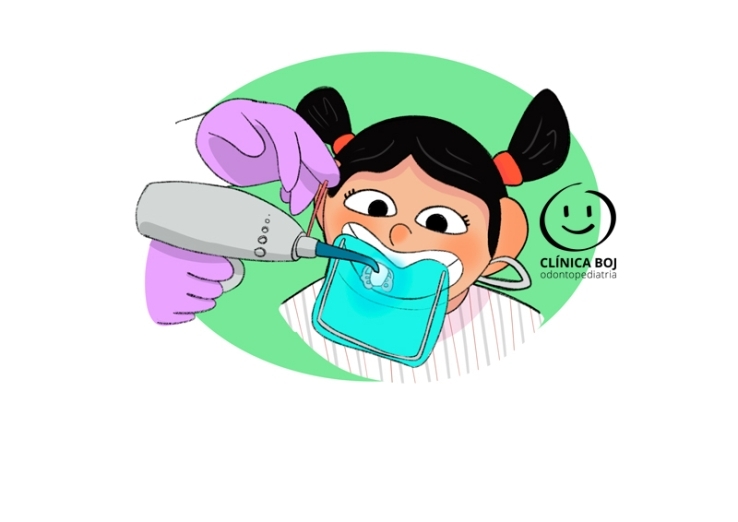
What is the most common traumatic dental injury?
For sure, the most common traumatic dental injury is luxation, meaning that the tooth can move from very little to a lot. In essence, the tooth can move laterally, forward or backwards. To summarize, evaluate dentoalveolar luxation injuries to permanent or primary dentition promptly.
Dental fractures are also very common; they can affect:
a) only the enamel,
b) enamel and dentin,
c) or even larger fractures involve enamel, dentin and pulp (nerve).
On the other hand, dental avulsion is the most serious dental trauma that requires urgent treatment. Re-implanting a permanent tooth is the ideal treatment if not much time has elapsed. Also, pediatric dentists must prepare all the necessary treatment materials before the patient arrives, so they can provide immediate treatment.
Also, parents or caregivers should not overlook strong blows to the oral area. You should restore both simple and complex coronal fractures early. If your child chips or fractures a tooth, you should try to go to the dental office asap.
Finally, dentists should evaluate luxations as well as fractures of the non-visible areas of the tooth. Failure to do so could lead to serious problems in the future. For example, a dentoalveolar lesion injury to permanent dentition.
What is the most common age for dental trauma?
For sure, dental trauma occur most often in a kid’s primary dentition between the ages of 2 to 6 years of age. Frequently, these accidents include harm to gum tissues.
This is normal, as the child is learning to walk, crawl and run. Also, dental emergencies in toddlers between the ages of 1 to 3 years are common. Pediatric dentists and family have to try to calm the kid down because a trauma may be a tough experience for them.
Clinical cases in pediatric dentistry
Some clinical cases in pediatric dentistry that we find on a daily basis follow:
Caries prevention
As already know, we avoid caries with dental cleaning and fluoride application.
Undoubtedly, professional cleaning of teeth and gums during biannual or annual check-ups helps to keep quality oral health. This completely removes tartar and plaque on the tooth surface.
In short, dental prophylaxis and subsequent fluoridation prevent caries and gum disease.
Pit and fissure sealants
In certain cases, we avoid a high risk of caries by using this simple procedure.
Pulpotomy
This procedure consists of performing a pulpal treatment (removal of infected dental pulp of the part of the crown). Afterwards, a dental filling covers the baby tooth.
Pulpectomy
Pulpectomy consists of the complete removal of infected dental pulp of the crown and the roots. Remember, in the pulpotomy procedure it was only the pulp in the crown area. Occasionally, this pulp treatment weakens the primary tooth. In these cases, of very extensive caries, dentists can use acetate, zirconium or metal crowns.
With no doubt, this procedure includes a complex pulp therapy, with a root canal treatment in a primary molar or tooth. Endodontics is the term used for the same treatment in a permanent tooth.
Pediatric oral surgery
There are numerous minimally invasive surgical procedures performed on babies, children or young adults. Among them we can mention:
Surgery of included teeth
It involves helping the tooth emerge from the gum and bone, and placing it in the proper position. The tooth cannot come into the maxillary or mandibular arch by itself.
If there is a delay in the eruption of an impacted tooth and its radiographic position is favorable, then we allow the tooth to erupt spontaneously. However, if the tooth is not in the right position, we will use orthodontic traction to move it into place.
Frenectomy
It can be lingual or labial. The labial frenectomy may be in the upper or lower lip.
Orthodontic treatment
Undoubtedly, other clinical cases in pediatric dentistry are those of pediatric or juvenile orthodontics. This type of treatment is advisable in many cases.
References:
Boj, JR, et al. Casos Clínicos en Odontopediatría. Editorial Peldaño. 2023.


